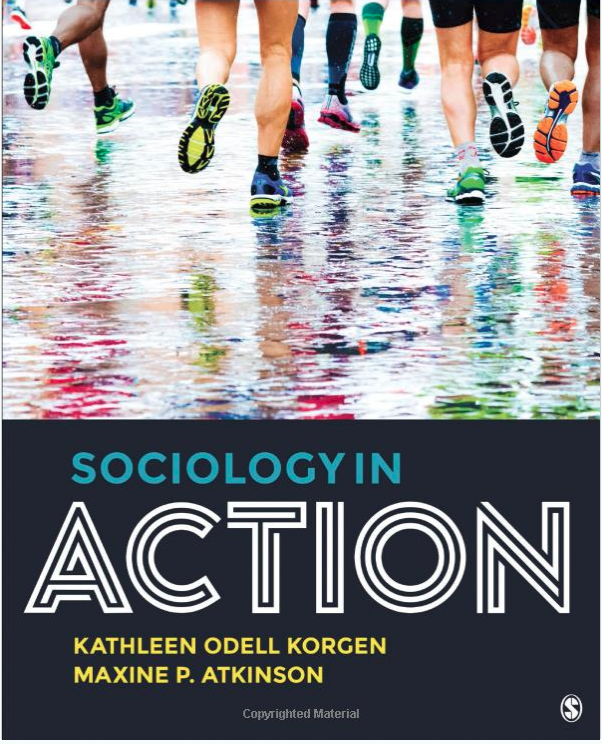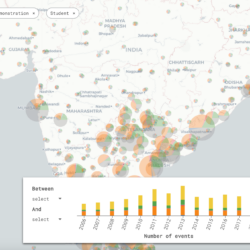Checking for Understanding through Reflection: 3-2-1
 One of the most emphatic teaching lessons I ever learned was during the first time I had my students play Classopoly, a game that teaches stratification based on Monopoly (Coughlan and Huggins 2004). They had so much fun and I thought they were really learning a lot about stratification and social class. I was wrong. Another time I assigned Nacirema and assumed that they would all “get it.” I was wrong. You can see where this is going. My failure in both instances was that I did not follow up by asking students to think about what they did or what they read.
One of the most emphatic teaching lessons I ever learned was during the first time I had my students play Classopoly, a game that teaches stratification based on Monopoly (Coughlan and Huggins 2004). They had so much fun and I thought they were really learning a lot about stratification and social class. I was wrong. Another time I assigned Nacirema and assumed that they would all “get it.” I was wrong. You can see where this is going. My failure in both instances was that I did not follow up by asking students to think about what they did or what they read.
Of course you can always come up with questions related to every film, reading, or game that you assign to make sure they have learned what you intended to teach them. A time saving alternative is a simple tool called 3-2-1 that instructors often use as a part of a “formative assessment” to see what students understand rather than assessment used for a grade.
While there are a variety of ways to use 3-2-1, one is to ask students after the exercise to state 3 things they learned, two questions they still have, and one thing that they really liked about the activity. When I posed these questions to my students about playing classopoly, they said things like, “I learned that the system was rigged, there was no way for poor people to get ahead.” They asked questions like, “How is this really like real life?” Their questions formed the basis of a great class discussion and allowed me to refer back to the text.
There are many ways you could use a 3-2-1 with Sociology in Action. For example, you could do so after students compare Figure 7.1 and Figure 7.2, read one of the “Sociologists in Action,” or watch one the films provided by SAGE in the Instructor Resources. The following links provide several other suggestions for using a 3-2-1:
http://www.theteachertoolkit.com/index.php/tool/3-2-1
https://www.facinghistory.org/resource-library/teaching-strategies/3-2-1
http://www.readwritethink.org/files/resources/lesson_images/lesson951/strategy.pdf
https://www.unthsc.edu/center-for-innovative-learning/3-2-1-reflection-technique/
REFERENCE
Coughlan, Catherine L. and Denis W. Huggins. 2004. “That’s Not Fair!’: A Simulation Exercise in Social Stratification and Structural Inequality.” Teaching Sociology 32(2):177-87.
***
Maxine P. Atkinson is professor of sociology at North Carolina State University and co-editor of Sociology in Action.
























































































